Restaurants
Restaurant Goldcode: Perfected Gastronomy in Duće
(Poljička cesta 11A; 21310 Omiš; +385 21 735 557; www.hoteldamianii.hr)
In the past few weeks, quite a few eateries have popped up in and around Split as the summer season kicks off and rumors of new openings keep spreading. I have been on eating duty to find out what’s new, hot and tasty in Split and I was particularly excited to be visiting a restaurant out of town that more and more friends in my foodie network were praising as THE gastronomic gem of Split!...even though it isn’t even in Split!
Just before sunset, two friends and I ventured 25-minutes south of Split to the coastal village of Duće. Duće is, well, just a coastal settlement dotted with holiday homes popular amongst the Splićani for its beaches. The deluxe four-starred Hotel Damianii is located in Duće along the coastal highway and houses Restaurant Goldcode, our destination for the evening. The boutique hotel’s interiors are Fendi design-inspired with swanky fittings and upholsteries in cream and black tones.
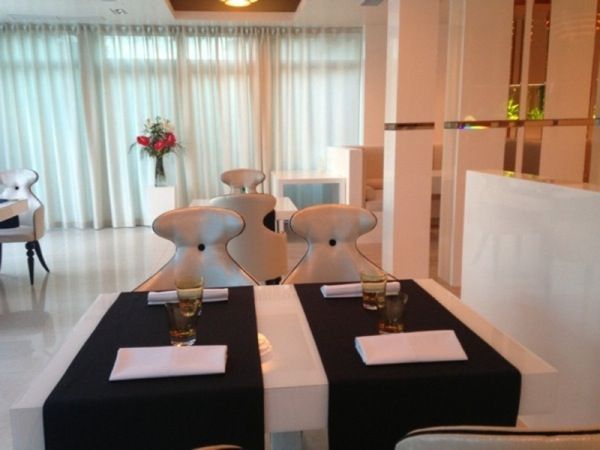
The prim and proper restaurant interiors put you right into a fine-dining mode with plush booths, deep chairs, designer lamps, and panoramic windows that lead you onto a wide terrace with pool and sea views. Although the building is set back on the land plot from the road, the sound of traffic disturbs and throughout your visit, you wonder WHY would anyone with a sense of business place such a luxe product in a destination without any tourism offer other than a nice beach and a noisy road.
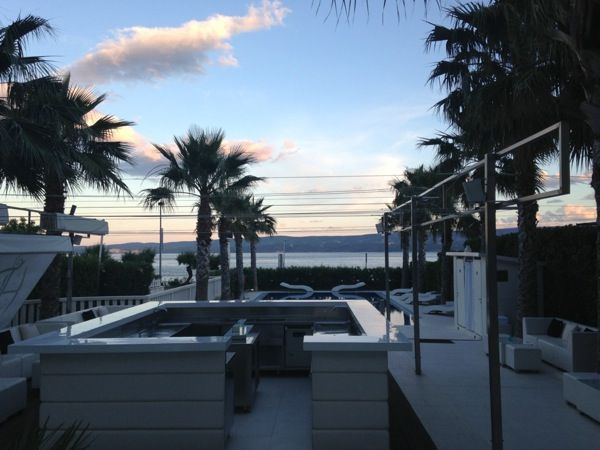
Despite the hotel’s rather odd location, our jaws dropped when we skimmed the tasting menu; the dishes sounded so tempting and original that I once again had to double check whether I indeed was in the Split-Dalmatian county! I then learned that Chef Špiro Pavlić who once worked in Dubrovnik’s famed Restaurant Nautika and trained in the world-renowned Noma in Copenhagen, conquered the Goldcode kitchen…in Duće! Ok, enough about Duće and on to focusing on what matters, the food!
Goldcode will launch their a la carte menu in late June but we had the pleasure of being presented with two tasting menus; one of three courses for 220kn and the other of five for 330kn. Skimming the wine list I spotted many of my favorite Croatian wines but I found that the prices were indeed much higher than in the city; for instance, Pošip Čara was priced at 260kn where in town the price averages 160kn. We opted for a versatile rosé, the sassy Dingač St. Heels from Saints Hills Winery. As the friendly and perhaps slightly over-formal waiter took care of all the details, he informed us that we could combine any courses from either of the menus according to our liking so we all combined a varied menu of three courses each.
As we waited for our starters of cuttlefish salad, a trio soup and a tortellini, we devoured the warm breadbasket of hearty buns with truffle, bacon and onion in the mix and the amuse bouche, a cold vegetable soup with Parmesan sticks.
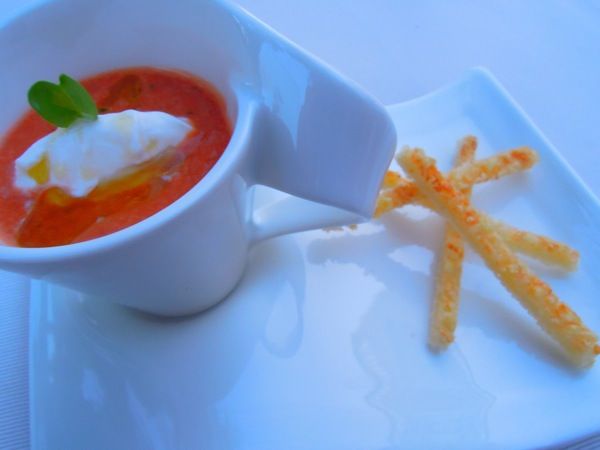
My cold salad of cuttlefish with mango, olive oil, honey and citrus emulsion was light, sweet and acidic; a refreshing early summer combo to open up my appetite.

My dining partners in crime enjoyed a trio soup and a tortellini. The waiter poured a shellfish cream soup over julienne vegetables and apple purée at the table. Otherwise slightly reluctant when it comes to creamy soups, this was a winner, a soup for the senses that was not over-creamed; hearty and smooth, this was an Adriatic flavor bomb! The veal-stuffed homemade tortellini came with an intricately spiced mustard sauce which won the heart of my foodie friend.
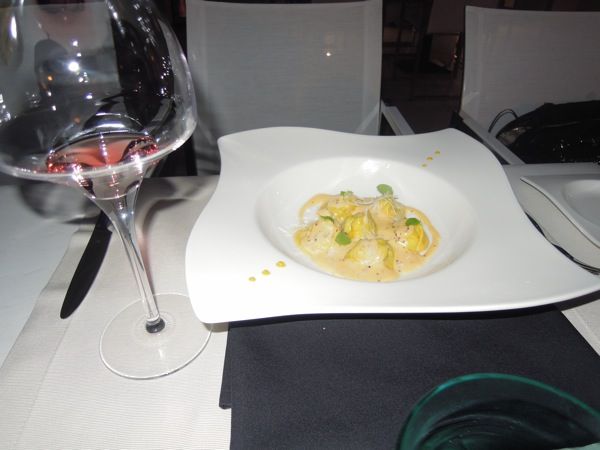
As a main course, two opted for the Best of Veal, a wintery dish of veal fillet with sherry sauce, potatoes dauphinoise, mashed peas, and beetroot. Although the waiter didn’t ask how well done we wanted our meat to be prepared, Chef Špiro’s execution of an otherwise classic dish was spot on.
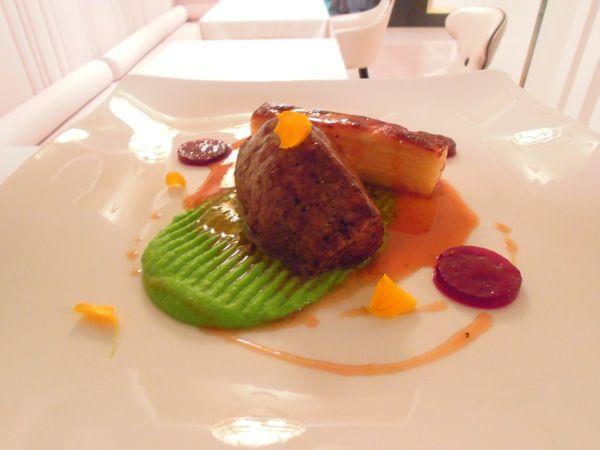
The table’s third diner went for the Macaroni and Shrimp, a homemade tri-color pasta, indigenous to the island of Korčula, in a flavorsome (thankfully non-creamy) shrimp sauce topped with a shrimp skewer. Although wholesome, this rustic plate was a little out of place and could do with some added flair or re-interpretation…perhaps a deconstruction.
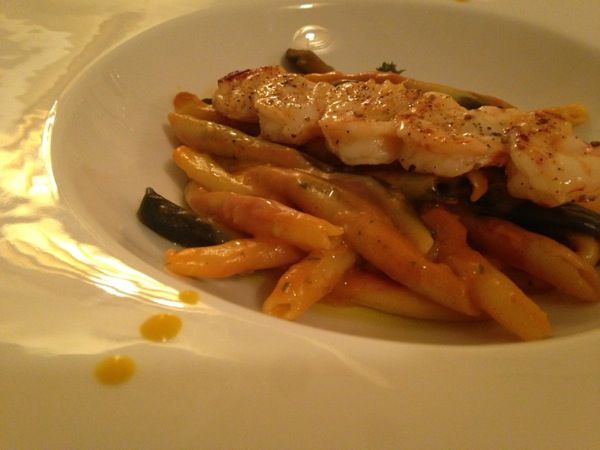
The moment we had all been waiting for, dessert! We all opted for the Tonka, a milk chocolate cream with tonka (a rare bean similar to vanilla but distinctly fruity and spicy rather than floral) topped with Amaretto jelly and gold-leaf on a macaron. This naughty little dessert blew our socks off; the sweetness of the macaron and chocolate were well contrasted with the tang of Amaretto…and it all just melted in your mouth.

We were so thrilled about the dessert that we just had to try the other dessert also on offer, the Caramel Mousse with almond and hazelnut cream covered in a chocolate glaze. This creative semifreddo re-interpretation is something I urgently need to have on stock at home; Špiro! I am ordering a batch!
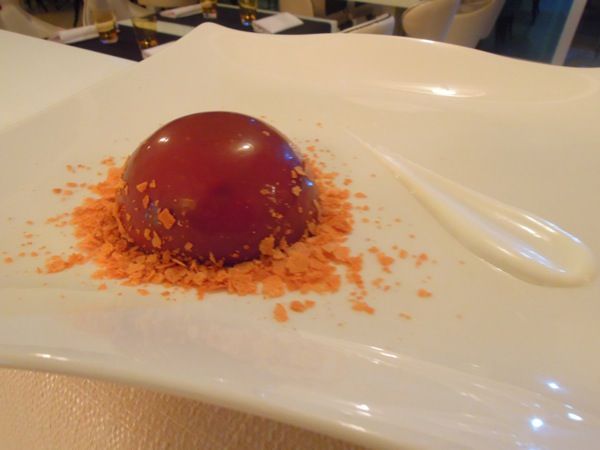
Before drifting back home to Split, the humble chef came out to greet us with a sweet platter of lemon jelly, homemade Rocher, and choco-cornflake bars; the perfect icing on the cake after a spectacular experience for my taste buds.
Restaurant Goldcode truly offers a unique gastronomic experience however, its odd location is a pity as it is out of view and out of the way for customers; there was actually only one other table of guests in the restaurant. I look forward to my return when Chef Špiro Pavlić launches his a la carte menu so I can flavor some of the things he has in store for us this summer.
Konoba Korta: Microbrewery Beer and Retro Dalmatian Cuisine
(Poljana Grgura Ninskog 4)
When a friend of mine uploaded an image of him enjoying a Croatian microbrewery beer in Split, I was quick to pop into Konoba Korta, a new tavern on a quiet square in the palace.
I was positively surprised to see that Konoba Korta did not try to replicate rustic tavern interiors and instead had more retro-country accents such as flowered tablecloths, polka-dotted pots, and fresh herb pots along the kitchen windowsill.
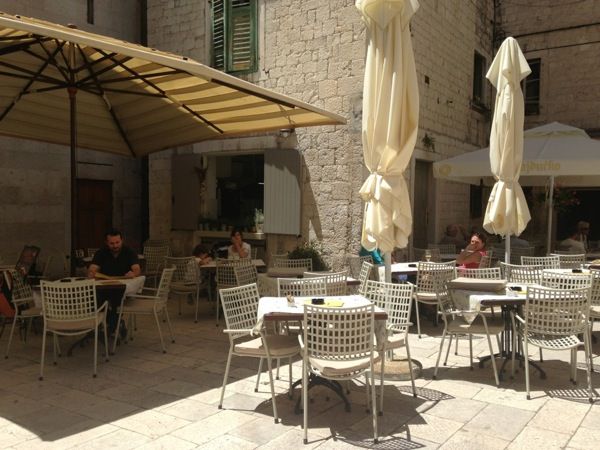
Their authentically Dalmatian menu also had a little more flair with loved classics such as squid with barley, cuttlefish with broad beans and homemade pasta, a chickpea side dish with a Dalmatian spin. The desserts were a little more American inspired such as a vanilla-bourbon mouse, a parfait with vodka and peach, and somewhat mediocre signature Korta cocoa-pancake.
Obviously, I had to go right ahead an order my San Servoli Svjetlo Pivo from Buje in Istria. It’s been a while since I have had a micro, and the first time I’ve tried a Croatian one so I was glad to try this Istrian brew; an unfiltered lager re-fermented in the bottle. In my glass was a cloudy yellow-brown liquid with tiny (but many) sizzling bubbles…a grassy, soft malty bitterness made it a perfect drink on a warm pre-summer day. San Servoli also make an amber beer (Crveno Pivo) however, they are currently out of stock but Korta promises to get their hands on them soon again.
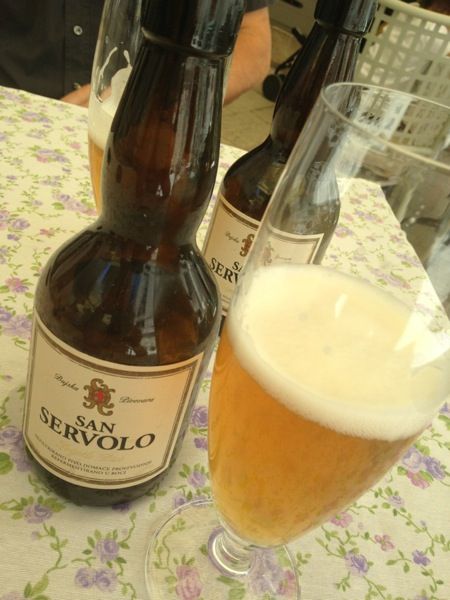
Beer aside and over to the food. Before our starters we got the amuse bouche on the house; a chickpea pate (hummus) with bread on the side. As a side dish salad with went with chickpeas and motar (a special wild herb that grows along the coast) seasoned with Dalmatian herbs and olive oil; a great refreshment which could be enjoyed as a light lunch too.
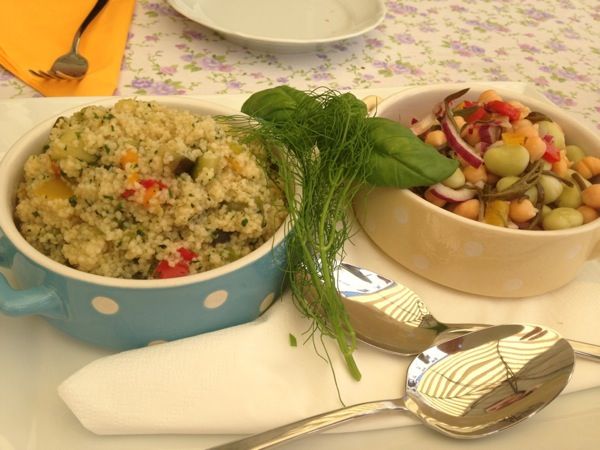
We opted for the authentic Dalmatian dishes rarely found in konoba menus nowadays; squid with barley and a cuttlefish with broad beans and homemade pasta. The squid with barley dish has been made famous in the Pojoda Restaurant on Vis so it was nice to see something similar in Split; Korta’s version is a little more wholesome and ‘thick.’ The hearty cuttlefish dish came with homemade green macaroni and I liked that the dish wasn’t over soaked in ink (as I often find in many places). Although tasty and with admittedly large portions, I found that a price tag of 95kn per main dish was a little over the top for a casual eatery.
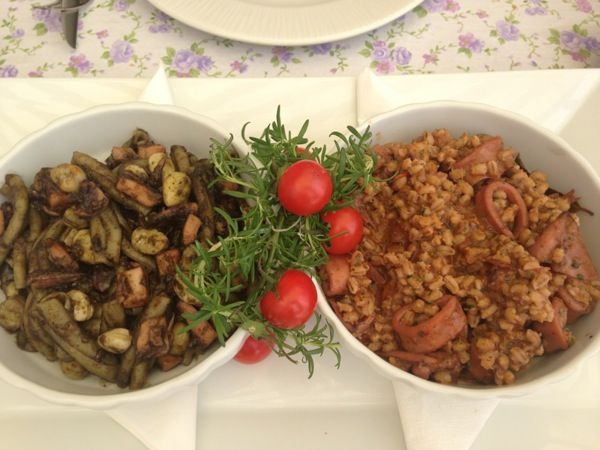
My dining partner didn’t need to convince me to try some dessert although I was completely full. Always eager to try an eateries ‘signature’ dishes, I opted for their “Black Bag Korta,” a cocoa-pancake with vanilla ice-cream and marmalade packed like a parcel; not sure what is so ‘signature’ about it other than the addition of cocoa as every restaurant in the city has pancakes on the menu. We also had a slice of parfait with vodka and peach; a refreshing bite with a slight tang of vodka, but I was disappointed that the peached were canned; perhaps a Dalmatian twist could be rakija peaches…
All in all, I was glad to have discovered a new eatery in Split that has put a focus on retro Dalmatian dishes from yesteryear and a quirky addition of local microbrewery beer. The charming courtyard setting and its cute décor makes it a clear favorite of the two eateries on the square, which is the home of the grand Church of St. Phillip Neri.
No Stress Café and Bistro: Try Boškarin, a Supreme Istrian Delicacy
(Iza lože 9)
Located right next to the 15th century City Hall on the famous Pjaca (Narodni Trg), the urban chique décor of this al fresco café and bistro definitely draws curiosity and as you flick through menu crafted by Croatian masterchef Željko Bremec, you are definitely tempted to have a seat.
Željko Bremec is from Istria, known for its culinary richness, but moved to Split with his family to work in some of the best restaurants in the city. He has now entered the kitchen at No Stress and given the menu an overhaul. The Mediterranean menu has true bistro flair with dishes found nowhere else in the city. For a light lunch, there is a delicious selection of creative sandwiches, handmade pastas, and explosive salads. For a fish fiesta, try the herb-crusted fish fillet or why not one submerged in Champagne sauce? For lighter fare, nibble on the Stress Tapas…or perhaps the No Stress Tapas is more your thing.
Boškarin Istrian Ox

What No Stress has become famous for is their Boškarin and being one of (if not the only) to serve it in Split. Boškarin is the name for an ox with enormous horns that is indigenous to the Istrian peninsula. Boškarin is an Istrian delicacy and is an important ingredient in Istrian gastronomy and in fear of the species’ extinction, breeding programs exist for the protection of the Boškarin. In order to serve Boškarin on your menu, you need to be certified and educated in the proper preparation of this supreme delicacy from cutting, thermal treatment, spicing, ageing and the likes. Additionally, a restaurant must be a contributing member to the Agency for Rural Development of Istria (AZRRI)
On the No Stress menu you will find both Boškarin steaks and carpaccio. For creative cuisine and an urban atmosphere, sit on Pjaca and let life pass by as you take in the flavors of the region.
Pizzerias in Split: The City's Wood-fired Staple Food
Please see below list of preferred pizzerias in Split. Pizza is a staple food for Croatians and in Split, they knock out killer food fired sensations. Click read more to get an insider's scoop on each eatery. The list is ever increasing (as is the size of our stomach) as we personally pay these joints a visit to give you an honest insight into the eateries in Split.
Pizzeria Gušt

(Slavićeva 1; +385 (0)21 486 333; www.pizzeria-gust.hr)
This is a pizza joint that know their craft and haven’t tried, like many others, to ruin it by expanding their menu in all directions thinkable. Pizzeria Gušt is a pizzeria that only serve pizza, period…read more.
Pizzeria Bakra
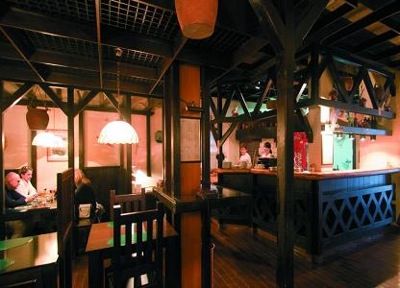
(Radovanova 2; +385 (0)21 488 488)
Pizzeria Bakra is one of the oldest pizzerias in town and has been serving patrons for over 30 years…read more.
Pizzeria Galija
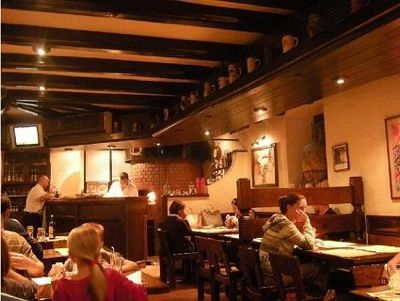
Pizzeria Galija is smack bang in the center on a side street to Marmontova and has become a local pizza institution over the past two decades…read more.
Pizzeria-Restaurant Movi
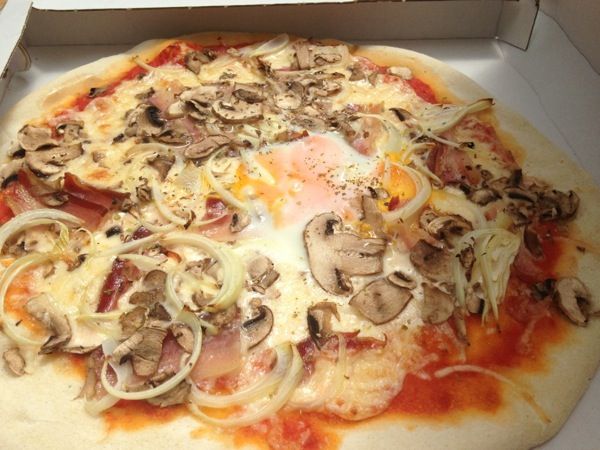
A newly opened one-stop dining spot in the Firule neighborhood to please the whole party and with a killer wood-fired oven pizza...read more
FIGA Food Bar: A Hipster Hangout in the Palace
(Bavinina 1; +385 (0)21 274 491)
Figa Food Bar is without doubt the funkiest one-stop going out spot in the palace. It has gotten a cult status from its days as Puls and the same crowd have been popping into this hip dungeon for more than 15 years.
When the owners gave Puls a facelift in 2012 they added food on the menu and converted it into Figa Food Bar. To locals, Figa will always remain as Puls in their heart, a cocktail hangout with thumping tunes after sunset; and it still remains however, Figa has attracted the tourist crowds by cleverly adding food on their menu without compromising on the venue’s identity.
The venue has been owned by the same family for 50 years and originally, it was a restaurant, then pizzeria, and as the war broke out in the 90’s, sourcing food became harder, and hence Puls was born. Next generation owners and hipsters, Linda and Toni have added their creative flair to the new(ish) joint by merging original palace walls with quirky art and euro-hip interiors. The sweetest surprise is in the basement, which boast a living room vibe with eclectic revived furnishing.

The menu provides a tempting selection of bites you can enjoy on the outdoor steps such as the pogača, crispy bread topped with Mediterranean vegetables. Its tough to find a good breakfast in town but Figa’s affordable breadbaskets with all sorts of egg combos are a nice surprise. Figa produce all their pastas themselves and this year they have rolled out with enticing seafood dishes such as the skartoču, where various white fish have been baked with vegetables in baking paper. At the entrance is a daily selection of cakes and cupcakes to lure you in.
Figa recently launched a new wine list which pays tribute to Dalmatia with representations of the region’s most loved grape varieties produced by Duboković from Hvar, Bibich from Skradin, Senjković from Brač, and others.
Throughout the day and night, Figa is a hotspot at the foot of Dosud street as people fight for a spot on their charming steps, whether it be for one of their killer cocktails or mocktails, sumptuous bites, coffee, or a summery rosé.

Konobas in Split: A List That Grows As Do Our Bellies
Please see below list of preferred konobas and eateries in Split where you can taste traditional Dalmatian and Croatian cuisines. Click read more to get an insider's scoop on each eatery. The list is ever increasing (as is the size of our stomach) as we personally pay these joints a visit to give you an honest insight into the eateries in Split.
Stare Grede

(Domovinskog rata 46; +385(0)21 485 501; Facebook Page)
Stare Grede means ‘old beams’ and this traditional tavern only 1km from the center is just that; old beams and rustic wooden benches. Meat is really Stare Grede’s forte with game often found on the menu. Stare Grede also stir up a sumptuous selection of daily dishes going from 29KN only...read more.
Konoba Hvaranin

(Ban Mladenova 9; +385(0)91 5477 946)
Konoba Hvaranin (meaning ‘man from Hvar’) is a miniscule eatery, popular with the city’s intellectualsthat, which dish up local fare from the freshest ingredients and have become particularly known for their Hvaranin clams and a tribute-to-grandma-like rožata, Dalmatia’s take on crème brûlée...read more.
Fife

(Trumbiceva obala 11; +385 (0)21 345 223)
We all seek authenticity, the best produce, and the most comfortable surroundings but sometimes a true local experience means spotty service, loud kitchen staff, crowded seating, and cheap wine; that’s Fife for you, a truly authentic and affordable Split institution...read more.
Villa Spiza
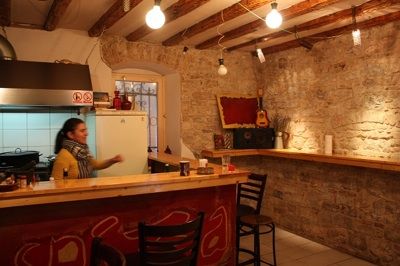
(Kružićeva 3; +385 (0)91 152 1249)
Hipsters and bohos swarm to this budget bistro for a soulful bite whisked together after a morning stroll through the marketplace. Adding to its charm, this no-frills downtown joint has an eclectic mix of cutlery and plates, bar-top seating, an open kitchen, and a random art selection on its walls…read more.
Grego Levante

(Bosanska 2; +385 (0)91 204 2222)
Named after the wind the blows from the Greek coast towards to Adriatic, this new little konoba is located within the western walls of Diocletian’s palace. At Grego Levante you will find traditional Dalmatian fare but in the mix are ancient dishes rarely found in restaurant but so loved by the Splićani (the people of Split)...read more.
Pimpinella
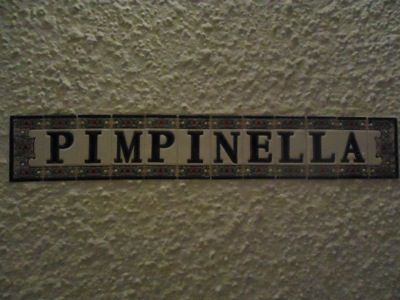
(Spinčićeva 2A; +385 (0)21 389606)
Don’t be fooled by the 1980’s interiors that take you back to a long lost era in Croatian history, Konoba Pimpinella dish out wholesome interpretations of traditional fare. Pimpinella is one of the most popular for the local crowd from all walks of life; from prime ministers to shopkeepers. Their prices are fair and the food hearty and don’t miss their lunch-time tuna pašticada on Fridays... read more.
Konoba Kod Joze

(Sredmanuška 4; +385 (021) 347397)
Locals and tourists alike swarm to this hideaway to flavour traditional Dalmatian fare on the intimate terrace in the summer or indoors under fish netted ceilings during wintertime. Try the signature dish, "green tagliatelle with assorted shellfish" which has been mentioned in several tourist publications; this is a pasta concoction of Adriatic delicacies... read more
Oštarija u Viđakovi
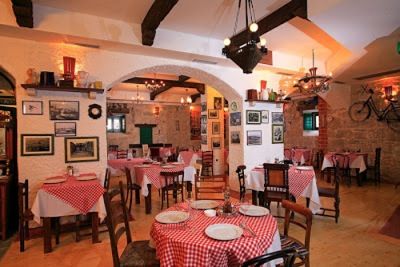
(Prilaz braće Kaliterna 8 ; +385 (0)21 489 106; www.ostarijavidjakovi.com)
Oštarija u Viđakovi is a konoba hidden down a tight street in the Bačvice neighborhood with an intimate terrace and eclectic interiors. Oštarija u Viđakovi was founded in 1799 and the menu is strictly Dalmatian with traditional dishes, grandma’s recipes and seafood fare... read more.
Šperun
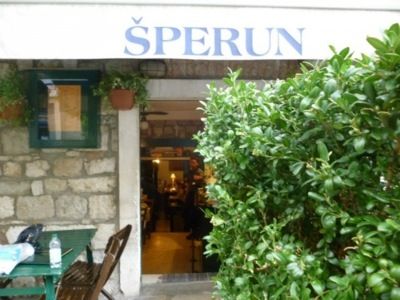
(Šperun 3; +385 (0)21 346 999)
A traditional konoba (tavern), Šperun is a little eatery up the road next to the St. Francis church near Riva. The interiors are so welcoming, boasting a country feel with rustic interiors, exposed walls, old tins and radios, checkered tablecloths and waiters in sailor uniforms. The menu of course includes all the Dalmatian specialties under the sun, domaći (home-made) and fine local wines... read more.
Gradska Kavana
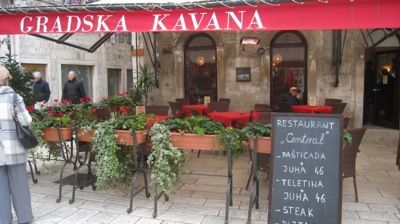
(Narodni Trg 1 (Pjaca); +385(0)21 317 835)
All major Croatian cities are marked with a Gradska Kavana (City Tavern) of some sort. Split’s Gradska Kavana is located on the popular Pjaca Square, and although the renovated interiors still bring you back to socialist Croatia, they serve some hearty value-for-money dishes...read more.
Trattoria Tinel

(Tomica Stine 1; +385 (0)95 829 2005)
Tinel (meaning living room in Dalmatian dialect) looks so warm and inviting through the windows. With dimmed lighting and an interior that merges lush velvets, country details and shabby chic with eclectic seating and high exposed walls, this Trattoria really looks like a living room. The menu mirrors most local konobas with a variety of traditional fare such as pasta, fish and meats, and the obligatory pancake selection however; there are a few ´originals’ in the mix...read more

